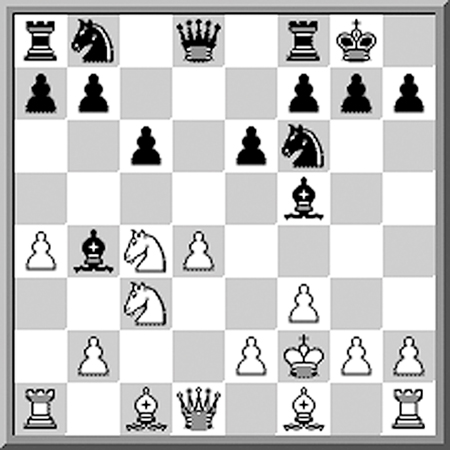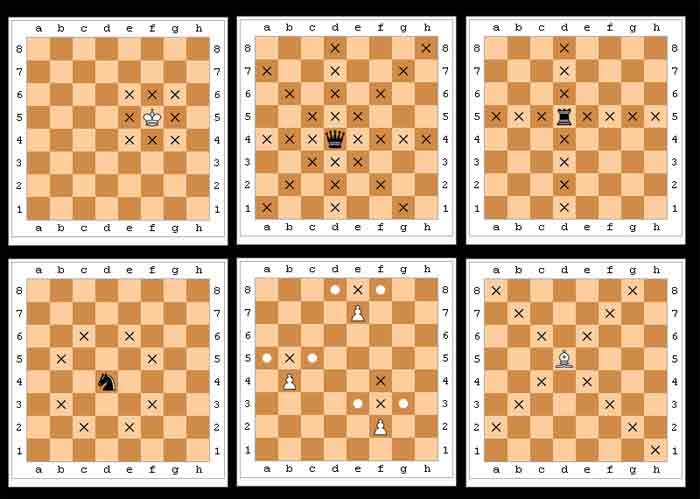

I’m going to start the presentation in ascending order.Ĭonsidered to be the least valuable piece on the chessboard, the pawn is worth only 1 point. One thing to remember from the very beginning is that pieces have different values. That cost is represented by the time it takes to maneuver its way to the post.How chess pieces move? Once you’ve learned all there is to know about the chessboard and rules of chess, it’s time to see how those figurines you’ve just arranged on their starting squares move. It’s important to remember there is an opportunity cost connected with any knight sequence. Speaking broadly, it’s perfectly okay when the knight has to retreat if either (a) it has served a useful purpose in the meantime, or (b) its temporary influence from its post can be converted into a new advantage. However, neither one is able to secure the square on a long-term basis, and must ultimately retreat. In the sample game contained in the second article, both of my opponent’s knights are temporarily well-posted and active. Make Sure the Knight’s Outpost is Sustainable In the final article, you’ll clearly see the nature of an “unsustainable outpost,” and what can happen to a knight when it can’t find a place to call home.
Chess piece moves key how to#
First, we’ll focus on how to create and preserve an outpost for your knights. In our next two articles we’ll show you examples that illustrate the qualities of a good outpost. The classic example of a great outpost is a square on a half-open file, protected by a pawn and a rook.
Chess piece moves key full#
The biggest key to getting full value from your knight is finding a good outpost. The biggest key to getting full value from your knight is finding a good outpost


That’s because the knight does not lose any mobility on the blockading square.

This makes the powers of the knight mysterious to many players. We’re going to start out with the knight, because it’s the only piece that doesn’t move in a straight line. Over the next several Mastering Chess articles you’re going to gain a much better understanding of each piece, and how to make the most of them.


 0 kommentar(er)
0 kommentar(er)
